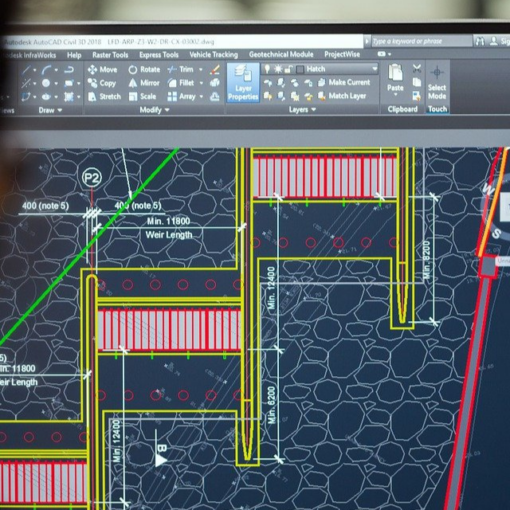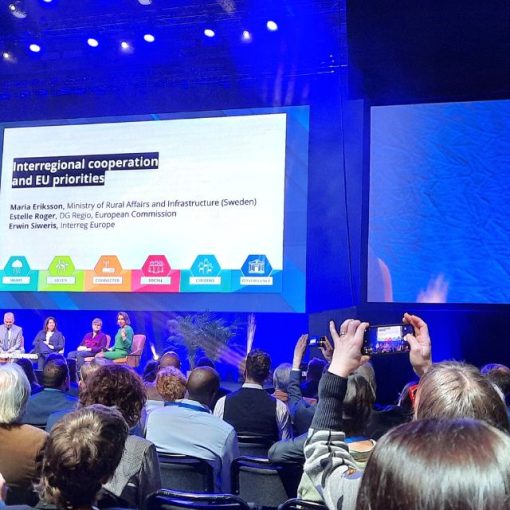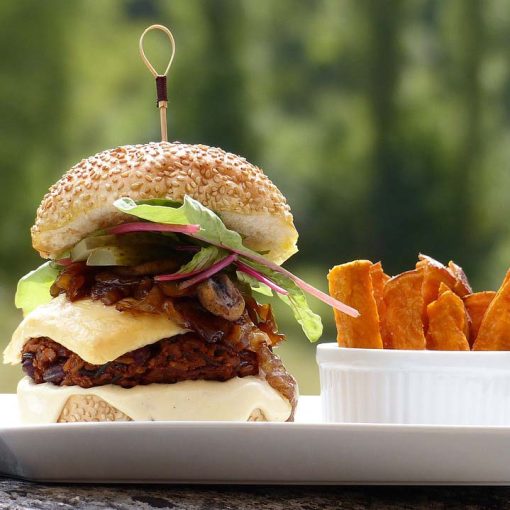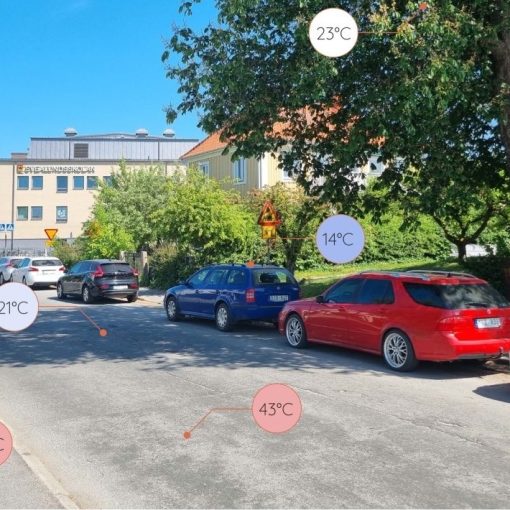Biowaste is generated in significant amounts every day. Often, the potential of biowaste is wasted. The organic waste can be converted into value-added products. At the same time, a separately collected biowaste can decrease the environmental burden, processing costs, as well as generate additional revenues. By the end of 2023, the separate biowaste collection will be mandatory in the EU (European Council 2018).
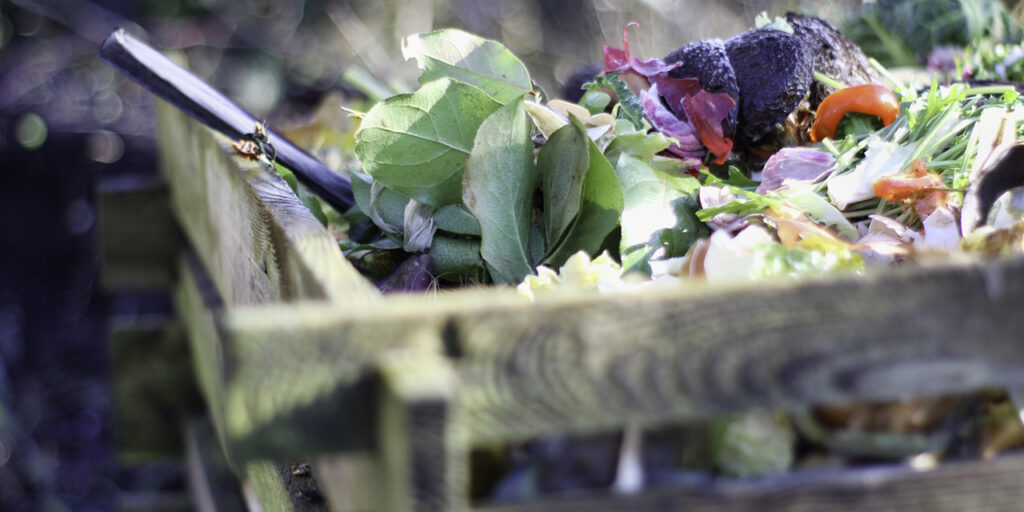
The topic has raised interest among the CECI project partners. CECI – Citizen Involvement in Circular Economy Implementation project recognizes the key role of citizens in biowaste separation and collection. Therefore, one of the thematic workshops organized during the CECI 3rd interregional event was dedicated to biowaste valorisation. Through the valorisation process, such as reuse, recycling or composting, the waste materials are converted into more useful products (materials, chemicals, fuels or energy sources).
Edible City Ecosystem
Two examples were introduced from Mechelen, Belgium: Citamine and Coflab. Citamine uses the potential of organic waste and underused places to transform it into edible city ecosystems for local food production, e.g., by changing public greens into edible greens. They connect communities and citizens, share their knowledge. One of their projects is Coflab, a non-profit collective that acts as a bio-circular incubator for citizens of Mechelen. It is a place, where citizens can work together to create added value from coffee grounds and other biowaste, which can serve as nutrients for local food production. As an example, a circular oyster mushroom project was described in more detail, from the coffee grit collection by cargo bikes and oysters growing to its delivery, and knowledge and space sharing. The near future projects will include also growing chicory and sprouts. (Bussche 2021.)
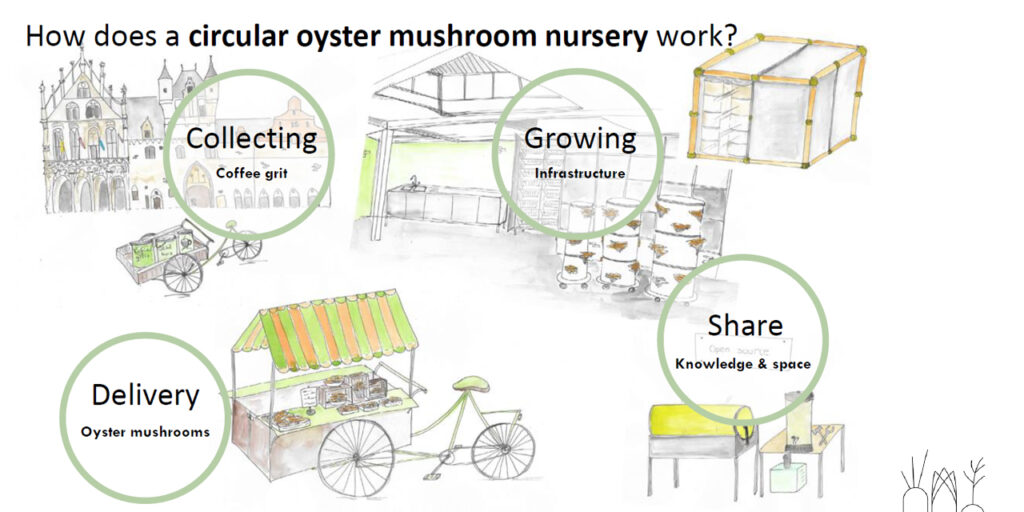
Lessons Learned from Biowaste Collection Pilots
Marseilles, Paris, county of Jacetania (Aragon), and Lahti presented pilots or current modes of a separate biowaste collection used both in areas of very high and low density. CECI partners and their stakeholders shared their challenges, solutions, and project results, which triggered an active discussion between all participants.
In order to get more people to participate and achieve good results in quality sorting, the importance of communication in various channels was emphasized. For a greater motivation, regular information with advices and tips were recommended. Instructive leaflets and stickers placed directly on the bins were found useful. Also, stimulating active dialogue with citizens in thematic outdoor stands or even door-to-door visits is helpful. Accompanying citizens in the pilot process, offering community training and involving also children at schools are seen as beneficial.
Kimmo Rinne, Salpakierto Oy, presented the Bioneer pilot, a new way of collecting biowaste from detached houses. The new model connects up to seven households, which are equipped with a small biowaste bin. These small bins are then collected with a small van to a nearby container with higher capacity. These containers are then collected by a big truck. This way, the collection is cost-efficient and the filling rate higher. The separate biowaste collection then brings not only environmental benefits but also financial, as the amount of unsorted and costly mixed waste is minimized. The service includes the biowaste bin, suitable bags, and pick-ups. The pilot runs under the BIOSYKLI project, managed by LAB. (Rinne 2021.)
Author
Katerina Medkova works as an RDI Specialist at LAB University of Applied Sciences and is CECI Communication Manager. CECI – Citizen Involvement in Circular Economy Implementation is an Interreg Europe co-funded project led by LAB University of Applied Sciences, Finland.
References
Bussche, B. van den. 2021. Coflab bio-circular incubator for citizens of Mechelen. Presentation given at CECI 3rd interregional event, Thematic workshop: biowaste valorisation on 2 June 2021.
Council of the EU. 2018. EU ambassadors approve new rules on waste management and recycling. Press release. [Cited 11 Aug 2021]. Available at: http://www.consilium.europa.eu/en/press/press-releases/2018/02/23/eu-ambassadors-approve-new-rules-on-waste-management-and-recycling/
Rinne, K. 2021. Salpakierto Ltd: Biowaste Collection – Bioneeri Model. Presentation given at CECI 3rd Interregional Event, Thematic workshop: biowaste valorisation on 2 June 2021.
Links
Link 1. Interreg Europe. 2021a. Project Summary. CECI. [Cited 10 Aug 2021]. Available at: https://www.interregeurope.eu/ceci/
Link 2. LAB. 2021. BIOSYKLI – Päijät-Hämeen biokiertotalous. [Cited 11 Aug 2021]. Available at: https://www.lab.fi/en/project/biosykli-paijat-hameen-biokiertotalous
Pictures
Picture 1. herb007. 2019. 4725522. Pixabay. [Cited 11 Aug 2021]. Available at: https://pixabay.com/photos/garden-compost-nature-bio-ground-4725522/

